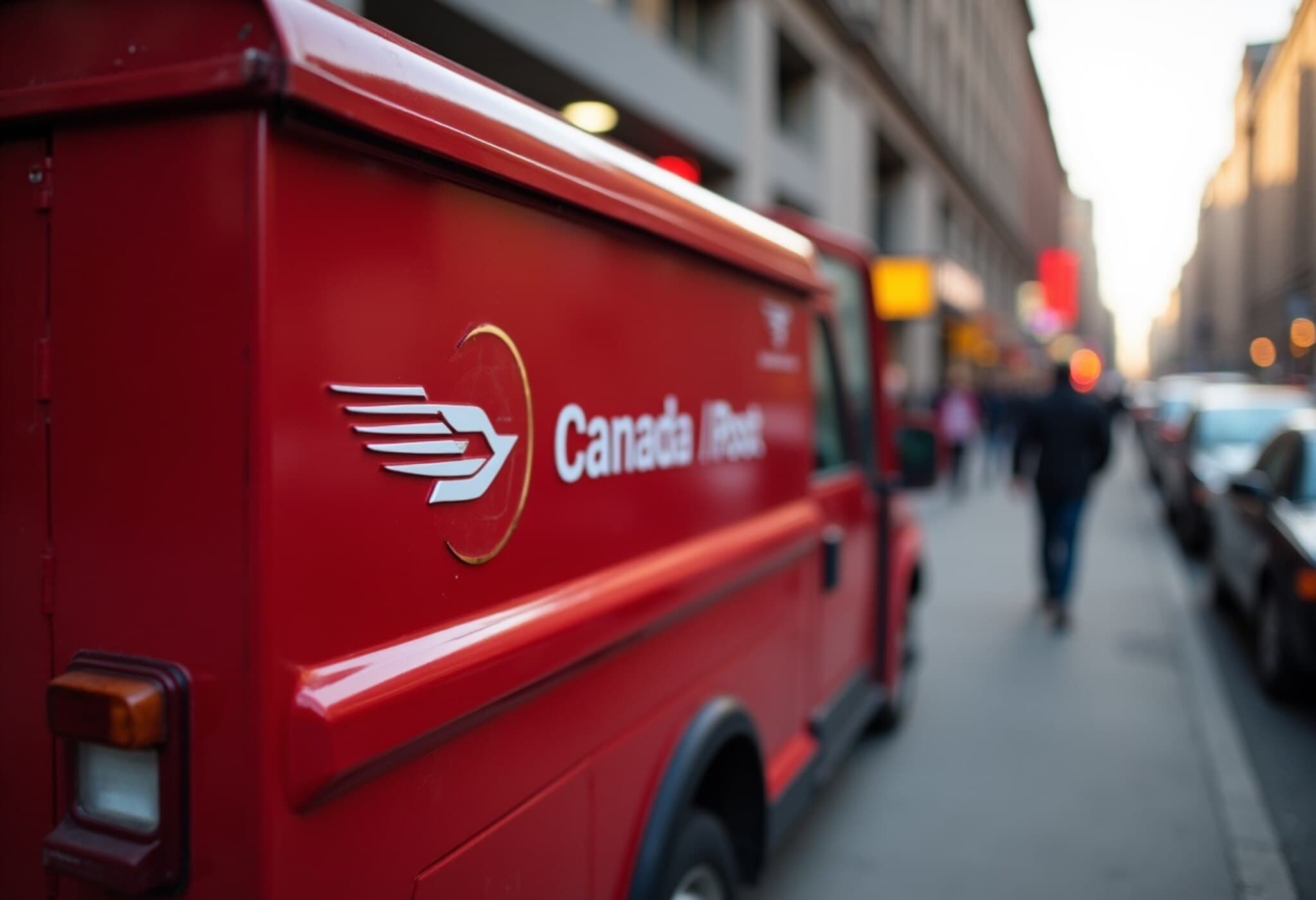Understanding the Canada Post Strike: What’s at Stake?
As of late September 2025, Canada is facing a significant disruption in its postal services. Postal workers have initiated a strike in response to government-mandated reforms aimed at cutting costs — moves that threaten widespread layoffs and a sweeping rollback of services in communities across the country.
Why Are Canada Post Workers Striking?
At the heart of this labor stoppage is a deep financial crisis. Canada Post, a Crown corporation since 1867, has been haemorrhaging money with declining mail volumes eroding traditional revenue streams. While parcel deliveries have grown in demand worldwide, in Canada they have been unable to compensate for losses, partly due to fierce competition from private delivery firms leveraging flexible gig workers — a model Canada Post's unionized workforce cannot easily match.
Since 2018, Canada Post has lost over 5 billion Canadian dollars (approx. $3.6 billion USD). In an attempt to avoid further financial bleed, the federal government announced drastic measures including ending door-to-door service for nearly 4 million households, closing certain rural post offices, and consolidating operations.
However, these cost-saving strategies translate into looming job cuts among the company’s 68,000 employees, a development that sparked fierce union resistance. The Canadian Union of Postal Workers (CUPW) is not only fighting to protect jobs and fair wages but also demanding improved workplace conditions such as better rest breaks and meal compensation.
Adding fuel to the fire, the union strongly criticized the government for bypassing public consultations, arguing the public deserves to have a voice in the future of their national postal service.
Jan Simpson, CUPW president, described the government's plan as “a direct assault on our public post office, democratic participation, and unionized Canadian jobs.”
The Immediate Impact: Mail Services Grind to a Halt
The strike commenced mere hours after the government's announcement, marking the second major work stoppage since November 2024. During that earlier strike, after roughly a month, workers were compelled to return without a new contract but have since engaged in progressively escalated job actions like refusing overtime and halting distribution of advertising leaflets.
The current strike brings all letter and parcel delivery by Canada Post to a standstill. This interruption is felt nationwide but especially pronounced in rural and remote areas where alternative shipping options are scarce or nonexistent.
Municipalities, like Calgary—the largest city in Alberta—are scrambling to adapt, requesting that mail-in election ballot voters pay for alternative courier services amid looming provincial elections in October. The strike is therefore not just an inconvenience but poses tangible challenges to civic processes.
How Long Will the Disruption Last?
With negotiations ongoing and no clear end in sight, uncertainty prevails. The previous strike was forcibly ended by government intervention after roughly a month. Observers suggest it is only a matter of time before political authorities step in again to mediate.
Stephanie Ross, a labor studies expert at McMaster University, notes: “Both the union and Canada Post are battling for survival. The government’s aggressive cost-cutting agenda weakens the union’s position, but prolonged paralysis could harm the broader public.”
Canada Post insists that union demands would impose untenable costs, underscoring the tightrope the Crown corporation walks between fiscal responsibility and service obligations.
Exploring Alternatives: What Options Do Canadians Have?
For parcel and mail delivery, services like FedEx, UPS, DHL, Canpar Express, and Purolator provide alternative channels. Purolator is a subsidiary of Canada Post but operates independently with a different workforce union.
However, these companies predominantly operate in urban and suburban regions. Remote communities in northern Canada rely heavily on Canada Post for essential services, making the current strike particularly disruptive for vulnerable populations.
The Bigger Picture: Public Postal Services in an Era of Digital Disruption
Canada Post’s dilemma is emblematic of a global challenge facing national postal services: balancing modernization with the mandate to serve all citizens equitably. As digital communication diminishes traditional mail demand, and private couriers leverage technology and flexible labor models, government-run postal services face difficult choices — raising questions about how to sustainably fund universal service obligations without jeopardizing workers' rights.
Experts argue these issues call for innovative policy solutions rather than mere austerity-driven reforms. Greater transparency, public inclusion, and labor-management collaboration could pave the way toward a resilient postal system that meets 21st-century needs.
Editor's Note
The ongoing Canada Post strike is more than a labor dispute; it is a microcosm of the tensions between public service mandates, fiscal realities, and workers’ rights in a rapidly changing economic landscape. As policymakers, workers, and citizens grapple with these challenges, the question remains: How can Canada preserve a trusted national institution while adapting to financial pressures and evolving consumer expectations? Your mail may be delayed, but the debate about the future of postal service is just getting started.



















